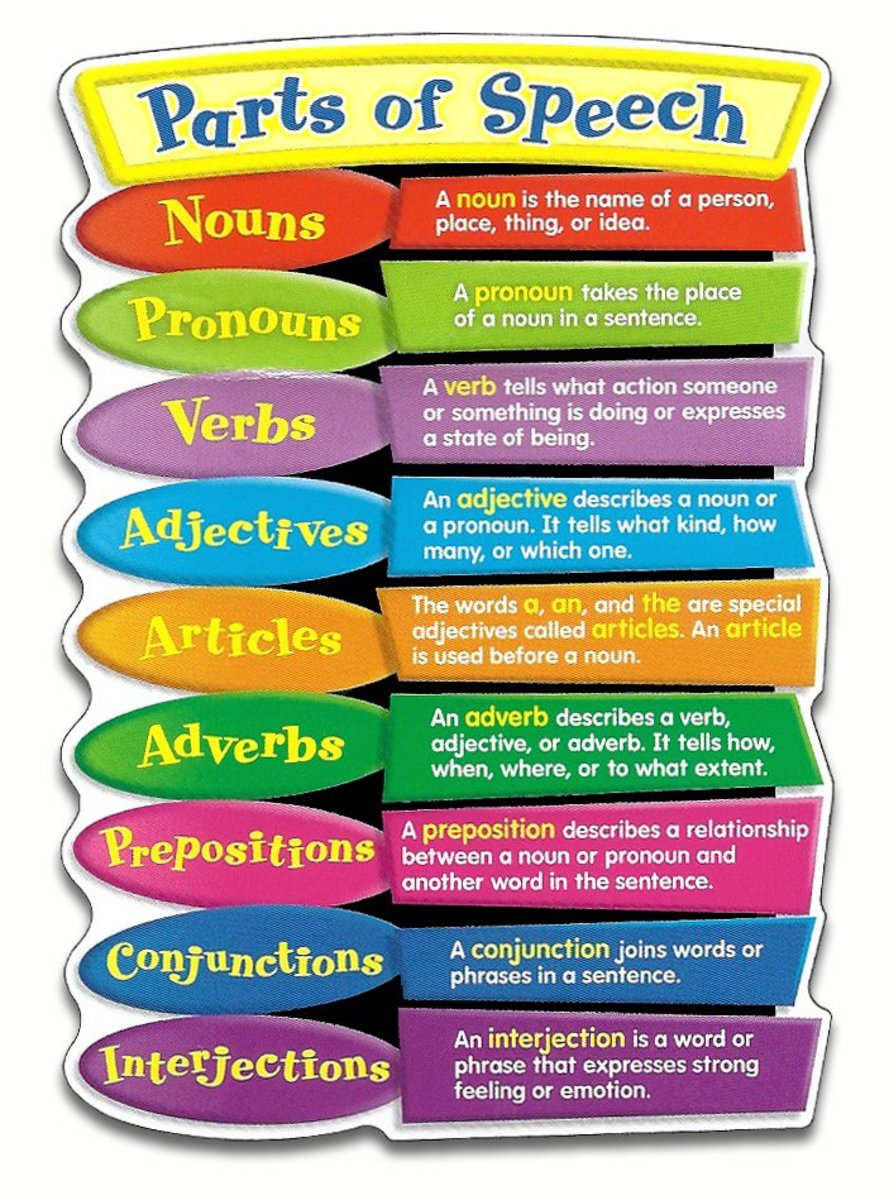
A complex internal structure does not affect the fact that externally an NP behaves as an N. But even under the earlier X-bar approach, there was no essential functional difference between them: the major part of speech known as a noun covers both N and NP. Under the newest approach, the Minimalist Program, there is no essential difference between levels, so X, X', and XP are all X, and reference to 'bar levels' is not allowed. These are incorporated into higher structures that are no longer projections of that head, but of another. The topmost level at which it behaves like an X is called its maximal projection, and notated XP: thus NP, VP, and so on, standing for noun phrase and so on. In general an X' contains an X head plus some other material, and still behaves like an X. This is the head of a larger structure built on top of it, a projection: an N projects an N' (pronounced N-bar), a V projects a V', and so on. Under X-bar Theory, the basis for modern phrase structure grammars, a member of one of the categories is inserted in the sentence from the lexicon. (Formerly you saw Infl for inflection, Det for determiner.)īefore I go into a bit more detail about what these classes contain, here's how they build up into larger structures.

In newer versions of the theory the single letters N, V, A, P, C, I, and D are used for these. The three functional categories are complementizer, inflection, and determiner. The four lexical categories are noun, verb, adjective, and preposition.

There are four lexical categories, which are more or less open-ended, capable of being added to as a language changes, and three functional categories, which have a fairly small number of grammatical realizations. There might be others but the following seven are generally agreed as fundamental. The categories that have been identified so far are seven in number. While the traditional division (deriving from the ancient Greeks) allocates parts of speech largely by morphology, that is the inflections they take, current syntax groups them by function. Modern theories of grammar, or at least those deriving from Chomsky's generative approach, divide up sentences not word by word but phrase by phrase, and phrases may be composed of smaller phrases, recursively down to the level of words.


 0 kommentar(er)
0 kommentar(er)
